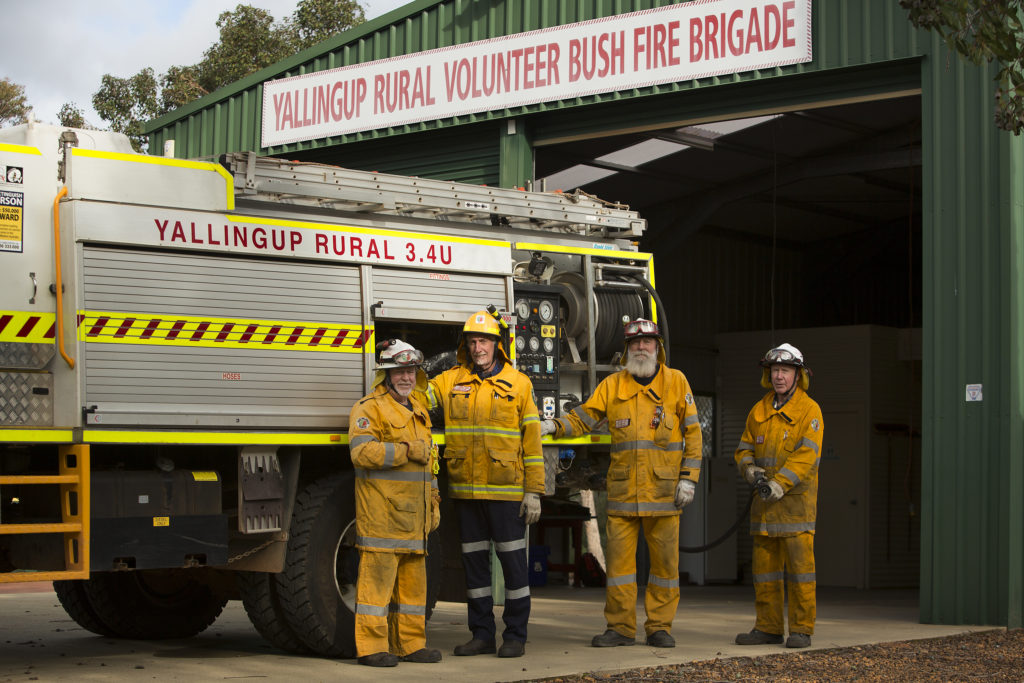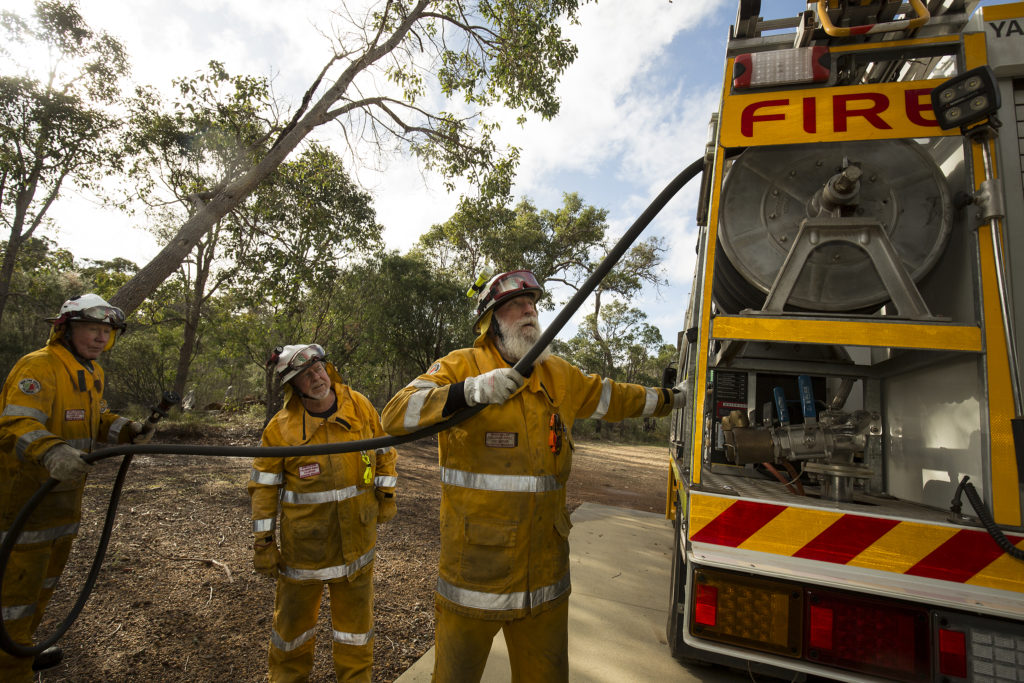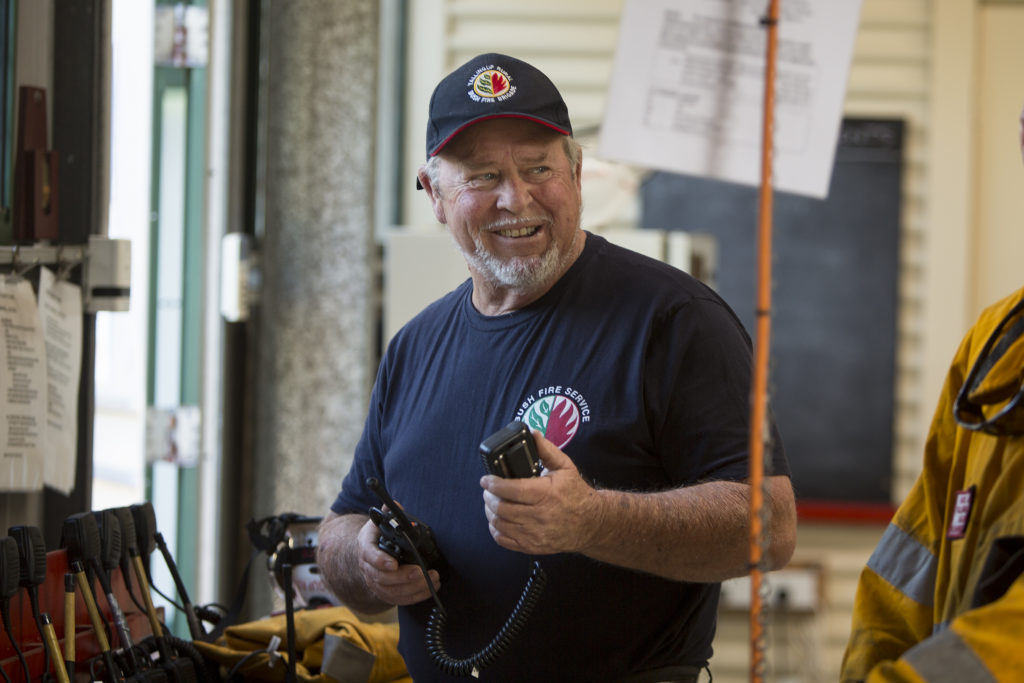Risk matters, safer WA communities
Local Government Risk Forum | Tuesday 6 September 2022
Exploring emerging and current risks for WA local governments

LGIS members across the state, particularly in the south and Wheatbelt, faced fires which destroyed property and razed the land. Changing environmental conditions will continue to pose significant challenges.
In the front line, battling all of these fires were our bushfire volunteers. Without the tireless dedication of these volunteers the destruction of bushfires would be so much worse.
Personal injury protection for volunteer bushfire fighters (VBF) is one area that demonstrates the strength and value of a mutual protection approach. The commercial insurance market has no appetite to provide this protection (which is a legislative requirement) so local governments through their mutual indemnity scheme have stepped up to protect their own.
LGIS is able to do this because we’re a mutual, owned and run for the benefits of our local government members, we’re committed to providing the sector with all of the protection it requires –and bushfire volunteer personal injury protection is a legislative requirement.
Local Government Risk Forum | Tuesday 6 September 2022
Exploring emerging and current risks for WA local governments
Long COVID refers to cases where the patient recovers from the acute COVID-19 infection effects but goes on to have longer term symptoms.
The new Work, Health and Safety Act WA (2020) (WHS) changed the definition of a worker to now include volunteers. LGIS members have been seeking clarity on how they can meet their obligations, and what types of protections are included with LGIS membership.
The commercial insurance market’s response is telling, indicating that after assessing the risk profile and mitigation practices in place, they believe that the possibility of significant losses (that is injury to bushfire volunteers) is too high to be commercially viable.
Although local governments through their mutual, LGIS, are able to access protection because there is a genuine (and legislative) need, members must actively manage the risks associated with volunteer bushfire brigades.
Bushfire volunteer defined
The Bush Fires Act (WA) 1954 defines a bushfire volunteer eligible for compensation as:
A. A bushfire control officer appointed under the Bush Fires Act (WA)1954
B. A registered member of a bush fire brigade established under the Bush Fires Act (WA) 1954
Western Australia is the only state in Australia where local governments have responsibility for managing,
equipping, coordinating and protecting their bushfire volunteers. We rely heavily on dedicated volunteers.
When these responsibilities are combined with the types of activities that volunteers carry out and their demographic profile it’s clear that WA local governments’ have some unique considerations when looking at their risk management and financing options.
A proactive approach is vital to managing risks and ultimately reducing claims – ensuring the long-term, sustainable protection of our highly valued bushfire volunteers.
In addition to personal injury protection LGIS provides volunteer bushfire fighters with personal property and motor vehicle protection.
It’s important to remember that VBFs are protected from liability for anything they do in good faith in carrying out any fire brigade activities or normal brigade activities under the Bush Fires Act 1954 (WA).
LGIS is WA local governments’ working together – supporting each other, sharing knowledge and each doing their part to manage risks and reduce claims.
It’s important that every member remember that they can impact the ability of the Scheme to ensure sustainable, appropriate and long-term protection for the sector.
Good members of the Scheme are committed to proactive risk management. They work closely with LGISWA and access the Scheme risk programs. Typically, they make sure that they:
When all members adopt a mindful, proactive approach to risk management it benefits all members and ensures sustainable protection.
Volunteer bushfire fighters receive property, motor and personal injury protection through LGIS Scheme membership.
From 2018 to 2022 LGIS received 53 property and motor claims and paid $55,000. The majority of these claims occurred during peak fire season in the summer months.
Over the past 5 years (2017 to 2022) LGIS has paid $2.14 million for 130 bushfire volunteer personal injury claims; over the course of this time the average cost of a claim has climbed to be nearly $20,000.
During this period the majority (44%) of personal injury claims are for volunteers in the 60-70 and 50-60 age groups. Claims for these age groups combined account for $1.88 million paid in claims from 2017 to 2022.
Across the board the top five mechanism (injuries) for bushfire volunteers is:
It’s clear looking at the claims trends that an aging cohort is impacting claims numbers and their severity. Unfortunately, our older volunteer bushfire fighters are more likely to be injured due to the demands of the role.

A demanding role. What does it take to be a bushfire volunteer? The LGIS injury prevention team have done the most exhaustive assessment yet of the demands of a volunteer bushfire fighter role.

LGIS members across the state, particularly in the south and Wheatbelt, faced fires which destroyed property and razed the land. Changing environmental conditions will continue to pose significant challenges.

Bushfire volunteers provide a vital service to our communities, and the work they undertake is often in very high-risk environments.
LGIS is the unifying name for the dedicated suite of risk financing and management services for WA local governments, established by the WA Local Government Association in conjunction with JLT Public Sector (part of the Marsh group of companies). LGIS is managed by JLT Public Sector (ABN 69 009 098 864 AFS Licence 226827).
Risk Matters, via this website, is designed to keep members, their staff and elected members informed on topical risk management and insurance issues and LGIS programs and services.